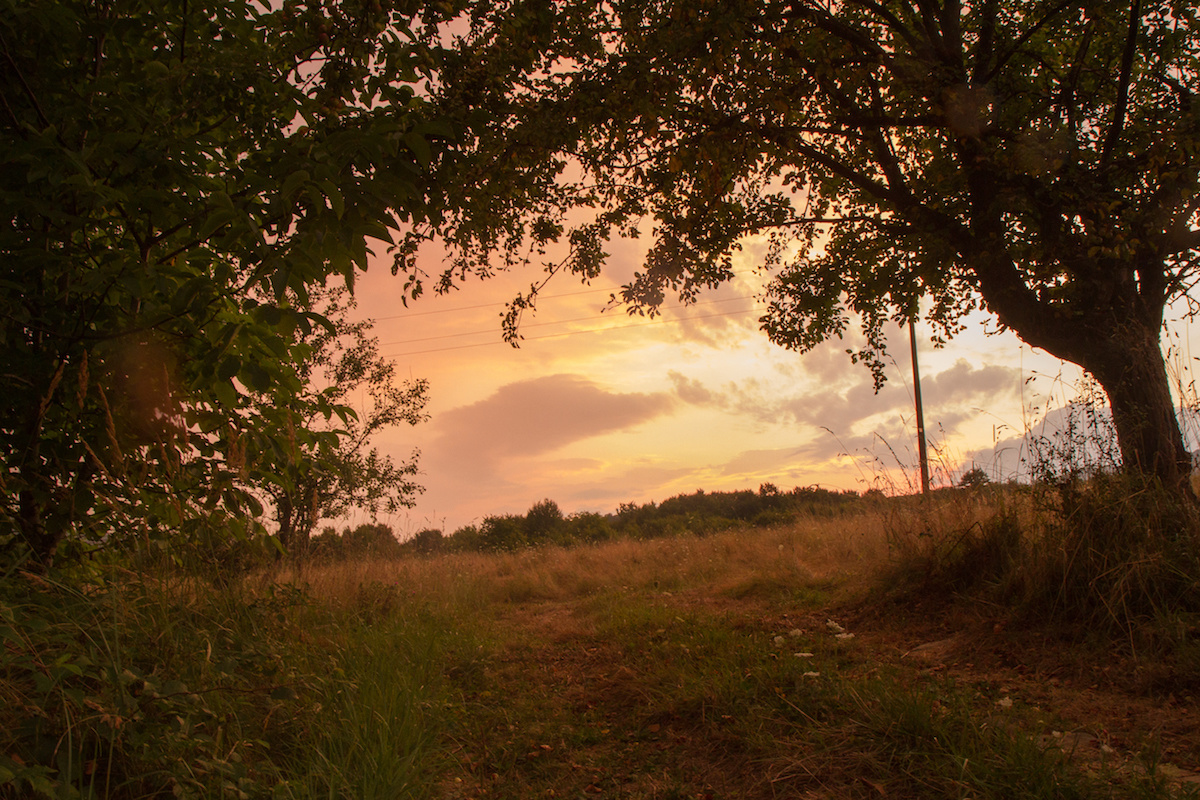Purists say they don't edit their photographs at all and they don't have to if the right camera settings were used. I'm fine with that philosophy if cheap old low-end cameras are used and they only can shoot in JPEG mode. Otherwise this approach is a complete waste of money on expensive cameras.
What I Call “Editing”?
Editing an image is the process of software manipulation that gets us from the information captured by the sensor to the image file we either see on the back of our cameras or we deliver as a final photograph. Even the raw files, although looking flat and low saturated, are altered by the camera's internal software to give us at least an idea what the image looks like. We always receive an automatically processed image that we can decide if we would further enhance or not.
When I talk about editing in this article I mean the amount of processing of an image to a certain level. As this degree of manipulation is quite subjective, let's agree that we will edit the image only to a point it doesn't look over-processed.
What's the Problem With High Contrast Scenes?
Scenes of high contrast are those that have very bright and very dark areas where we usually expect to see details. Whether you shoot in JPEG or raw mode you let the camera decide how it will distribute the immense amount of data from the sensor into a file. As I said, the raw file is also automatically processed but contains more information that the JPEG. In both cases you can edit and redistribute the data clustered in certain parts of the histogram but the raw files give you more room to play without affecting the quality of the image.

Sunset - the original raw-look image
The Purist Way
You shoot in JPEG which means you "edit" the photographs in camera with its current image mode controlling the contrast, the vibrance, and the sharpness of the file. If you shoot in raw mode and you're a purist, you will probably only use the contrast and saturation sliders or a "default camera profile" preset and never touch anything else. In both cases you will end up with an image like below.
The Need of Image Enhancement
This is the histogram of the raw file from the last image:

As you see, most of the information is clustered in the shadows and in the highlights. This is what the camera decided was right for the scene. If you agree with it you will get the results above and throw in the garbage all the valuable information you've paid for when you bought an expensive camera. In other words, photographing a scene and using what the camera thinks was right is almost like using a fully automated mode. If the information from the source file is redistributed by a human being who knows better than the machine how the scene should look, the result is the following.

Edited image (without detailed retouching). Just overall highlights, shadows, blacks, whites, and saturation changes.
Here's the histogram of the last image:

You can see that the information is more evenly distributed and there are more midtones brought into the center of the histogram. The preset information in the raw file was based on the decision made by the camera's internal processor. This doesn't mean you have to agree with it, but you can alter that preset. After all when shooting in raw mode you are meant to do it.
How Did I Edit the Image?
In order to make a basic brightness information redistribution and gain more from your raw files you have to use the controls for highlights, shadows, blacks, and whites in your raw file editor. Here are these settings in Lightroom and Capture One Pro:

Conclusion
Being a purist is a utopia. The proper philosophy is to use the optimal camera settings that will help the sensor capture the most detail it is capable of. Editing an image doesn't always mean you are trying to save a bad photograph. In the example above, editing was used to distribute the captured data in a way that looked more pleasing and natural to the human eye ignoring what the machine algorithms thought.
If we want to have a quality result we should never let an expensive camera have the final decision on what a scene should look like. Cameras are not that smart and probably won't ever be. You better use the information in the files you've paid big money for and bring your photos to life.








It's easy to knock down straw dogs.
Seriously...
The way I enjoy creating my art is right and the way you enjoy creating your art is wrong.
The article is not even about enjoyment but finding a solution to a problem that can't be solved in camera with "the right camera settings." One enjoys shooting in JPEG, others enjoy making a 4-day composite. Neither of these is right or wrong. The article is about solving a problem those that say "you can do anything in camera" can't do. Editing is just a tool just as changing the shutter speed is a tool. When you reach the limits of one tool, you work with the one that can get the job done.
You miss the point that there is no "one solution"... Maybe for you there's only one right way but others aren't as black and white.
I don't see an in-camera solution yet.
Anyone?
In camera HRD settings like the Canon 6d has
If it has a way to bring down only the highlights, then the 6D is the winner (if it has an elegant way to communicate that on a non-calibrated small screen without fooling you).
...New requirements so you can still be right... ok
I think so called Photo Purist is a cop out and that they don't want to or have no desire to learn good editing.